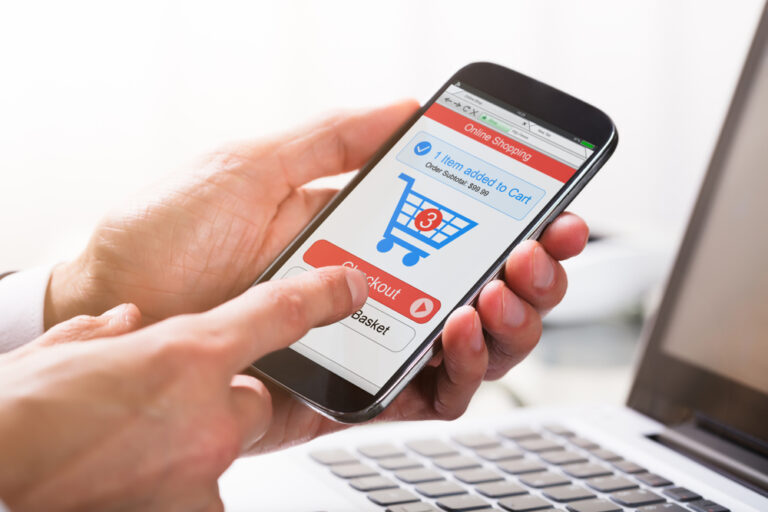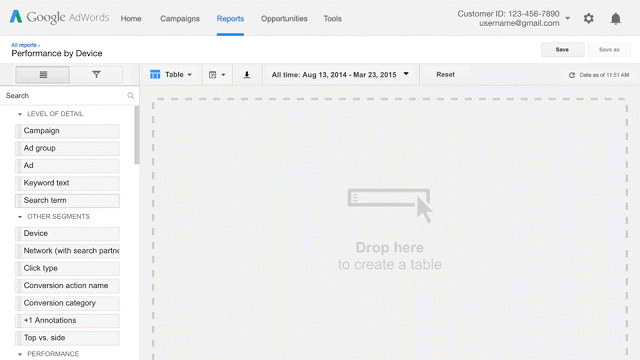
Welcome to The Make it Big Podcast, a bi-weekly audio series about all things ecommerce by BigCommerce.
In this episode, experts from Route and Yotpo offer their insights on consumer demands for the post-purchase experience this holiday season. From SMS and tracking updates all the way through reviews and loyalty perks, today’s consumers expect reassurance and delight every step of the way — especially amid current supply chain delays.
Product marketing leads Katie McKeever from Yotpo and Margaret Julian from Route relay the latest consumer trends and discuss how mastering the post-purchase experience can increase retention and, ultimately, build long-term brand loyalty.
All episodes of The Make it Big Podcast are now available on Spotify, Apple and Google.
The Make it Big Podcast: Episode 10
Matt Crawford: Customer experience is foundational to building brand loyalty. As we get to the holidays, and merchants are looking to reach new customers, whether it be through gifts, or other key purchases, what are some of the innovative, disruptive or new things that some brands are doing this holiday season?
Margaret Julian: “In terms of brand loyalty, one of the interesting things we’ve seen at Route where I work with 10,000 merchants across the board, is that there’s this interest in giving customers reassurance at checkout that they’re in good hands — that when they place an order, they can trust that it’ll be delivered on time, that they’ll get what they need, that’ll arrive in great shape. We’ve seen this really high demand for package protection at checkout. Interesting offering where it’s like, “Hey, for 98 cents, let us make sure that we can cover any kind of damage to your item or if it gets lost or stolen off your porch, but everything is going to be okay.” Especially when it’s a gift, stakes are really high.
We’ve seen an upwards of 50% increase in purchase intent when merchants can show like, hey, we’ve got your back on this area. Really interesting opportunity to build that brand loyalty, but also to give customers that confidence to push the buy button, especially when it’s a brand new brand, and they’ve never purchased from you before. There shouldn’t be a huge gap after a customer pushes the buy button to get reassurance. For us, we’ve seen really cool opportunities, even on the thank you page, to show people on a map where their order is and when it’s coming. But even more than that, it’s crucial to have a solid plan in place for notifications, for communication during that gap when nothing’s happening really, we’re waiting on fulfillment, we’re waiting on these things that customers can get that sense of reassurance the whole way through, especially when there are gaps.
Then finally, merchants should think about how they can take an existing customer’s post-purchase experience and turn it into a pre-purchase experience. What are those opportunities, or those existing touch points that they already have access to? Whether that is during the shipping process, or basically giving them other avenues to engage, email or social, or really thinking around a comprehensive plan, how can you be everywhere where they expect you to be at the end of the day? We all know it’s really easy to focus on that first purchase. But the value of bringing that customer back is just an estimate. I love that brands are starting to think more along these lines, and that we’re seeing such interesting ideas, post-purchase.”
MC: What are some of the ways that you’re seeing, especially for the holidays, merchants getting creative around brand awareness? Maybe a couple of tips that merchants can use to communicate their values or mission to customers during the holiday season?
Katie McKeever: “This is so important. The reality is that consumers are voting with their wallets. We’ve seen a huge shift with brands realizing that customers really care about where the products came from, and what the brand stands for. They have so much choice today. They’re making a lot of those decisions based on, is this brand doing something to make the world a better place? Or do I believe in what they’re doing? Worst case is if they don’t agree with the way you are making your products.
I spent three and a half years leading the fashion vertical at Yotpo and during that time there was a major shift to focus on sustainability. As brands are making this shift and are starting to support causes, it’s really critical that they find ways to educate consumers about that. Because, again, the fashion vertical…everyone was claiming that they were sustainable, but if I went to their homepage, I didn’t see much about it.
A lot of what I always spoke about and what I continue to do with brands, especially as they are trying to build out loyalty programs is use creative ways to educate customers, because otherwise, they might not know about this brand cause. Specifically, cool ways within loyalty programs is to give points for having somebody read a blog post that talks about what you stand for. Also, watch content about this, go to this particular page to read more about the trees that we’re planting. What I think is really cool is providing an opportunity for consumers to actually participate. Not only do I feel that I’m aligning with a brand that I care about, but if I’m passionate enough, maybe I want to find ways that I can also contribute to that same cause. Really cool things surrounding the holidays of providing opportunities for people to earn points for donating to a cause, earn points for recycling. We see that a lot, cosmetic brands, for example.
Lastly, the biggest thing that we’ve seen as a trend within loyalty programs specifically is being able to allow consumers to donate points in exchange. We saw Sephora was probably the biggest retailer that started to do this throughout COVID, as they really started to align with some major organizations. It’s really, really cool opportunity to, again, let consumers actually participate in the cause that you stand for as a brand.”
MC: Now, the not so fun part about this holiday season shipping, the prices that the merchants are going to have to absorb. UPS have been quiet so far, but FedEx and USPS have come out with surcharges that start from the beginning of November, they start to raise towards the end of November and they’re going to be in place all the way through the end of the year, into the start of January. What do merchants do, or what are you all seeing merchants do as they face these cost increases?
MJ: “It’s a great question. The interesting thing is that I saw some data recently that talked about how shipping and other unexpected fees can be the number one reason that customers decide to abandon the cart. It’s not just transparency on who we are as a brand, it’s also transparency with the customer upfront about these are the shipping and taxes that you can expect. The more steps you cause a customer to go through without understanding those pieces, then the more disappointed they’re going to be if they get to the end of it and find that those costs are unacceptable for some reason. I think a super helpful and powerful tool to combat those rising costs would be to be very transparent about them early in the buying process.
I think we are going to see understanding from customers if we’re communicating, “Hey, this isn’t something we choose. We try to keep shipping as low as possible. Here are some ways that we’re trying to do that for you.” One of the things that I’ve seen lots of merchants use with great success is a free shipping offer. When customers have over a certain amount in their cart, consider making that free shipping possible as a way to offset the cost to the customer and potentially increase your free shipping threshold a little bit. Which again, just from a pure accounting perspective, helps you cover that cost a little bit more effectively and hopefully encourages your customers to put a little bit more into your cart.
Then I think the last piece would be around package protection. One of the things that can make shipping really, really expensive at the end of the day, is if a package doesn’t get to the customer, or it gets lost, stolen or damaged, then you got that whole replacement cost to worry about. It’s about letting customers have an option and opt in and actually financially contribute to that protection up front so that if something happens, the customer knows they’re protected. But it also helps you offset those costs, which is what Route’s Package Protection is really all built around.”
KM: “We’re seeing, as we prep for Black Friday and Cyber Monday, free shipping used to be table stakes. Now, when it is really costly, and you can’t do that, we’re talking a lot about how to leverage the value exchange. If you’re going to give it away to customers, they should be giving you something back. This is a huge opportunity to promote your loyalty program. Get people to join your program to benefit from perks like free shipping — or, if you don’t have a loyalty program, this is how you can get people to sign up for email, SMS, or surveys so you can collect valuable customer data. In exchange, then you’ll give them that free shipping.”
For more insights, stream full episodes of The Make it Big Podcast on Spotify, Apple and Google.






